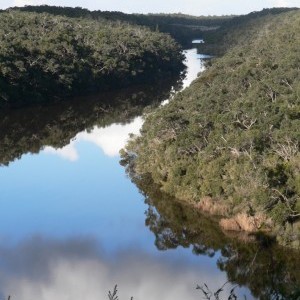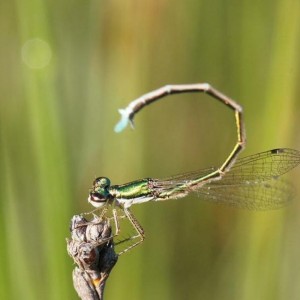How did it all begin?
One by one in 2011, our founder, Mark Bachmann, tapped a small group of trusted colleagues on the shoulder with the idea of starting a new, regionally-based not-for-profit organisation. With a range of complementary skills and a passion for practical solutions, they got together to design and develop a new way of getting more environmental work to happen “on the ground” in their local region. A shared passion for nature in our region and a desire to maximise practical action were the motivating factors that brought us together. We recognised that a need exists for an environmental non-government organisation (NGO) to have a regional focus, and work on the issues of greatest local relevance with our local community and partners in the places where we work. Nature Glenelg Trust is our living experiment to fill that gap.



